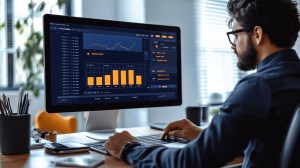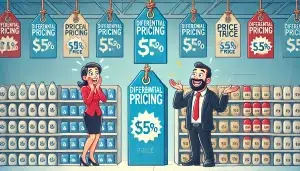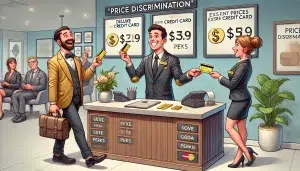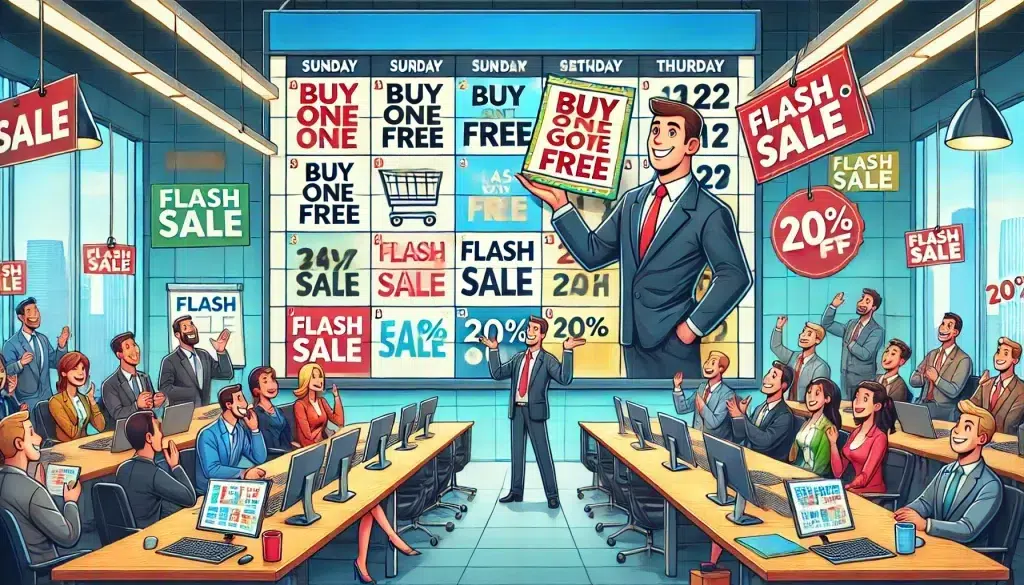
Table of Contents
- Introduction
- Understanding Promotional Pricing
- Benefits of Promotional Pricing
- Risks and Challenges
- Implementing Promotional Pricing Strategies
- Measuring the Success of Your Promotions
- Advanced Promotional Pricing Techniques
- Legal and Ethical Considerations
- Case Studies
- Tools and Resources
- Frequently Asked Questions
- Conclusion
Introduction
Promotional pricing is a cornerstone strategy in the e-commerce world, offering store owners a powerful tool to drive traffic, increase sales, and manage inventory effectively. This comprehensive guide delves deep into the intricacies of promotional pricing, providing you with expert insights, practical tips, and real-world examples to help you master this essential aspect of e-commerce marketing.
Understanding Promotional Pricing
Promotional pricing involves temporarily reducing the price of a product or service to stimulate demand and achieve specific business objectives.
In the context of e-commerce, it’s a versatile strategy that can be applied in various ways to meet different goals.
Types of Promotional Pricing
- Percentage Discounts: The most common form, offering a percentage off the original price.
- Dollar-Off Discounts: A fixed amount deducted from the original price.
- Buy One, Get One (BOGO): Offering a free or discounted item with the purchase of another.
- Bundle Deals: Combining multiple products at a discounted price.
- Flash Sales: Short-term, deep discounts to create urgency.
- Seasonal Promotions: Discounts tied to specific seasons or holidays.
- Loyalty Discounts: Special prices for repeat customers or members.
- New Customer Discounts: Promotions targeting first-time buyers.
- Volume Discounts: Reduced prices for bulk purchases.
- Clearance Sales: Deep discounts on end-of-line or excess inventory items.
The Psychology Behind Promotional Pricing
Promotional pricing taps into several psychological principles that influence consumer behavior:
- Scarcity: Limited-time offers create a sense of urgency, prompting quicker decisions.
- Loss Aversion: Customers fear missing out on a good deal, encouraging them to act.
- Anchoring: The original price serves as an anchor, making the discounted price seem more attractive.
- Reciprocity: Customers feel inclined to make a purchase when offered a special deal.
- Social Proof: Popular promotions can create a bandwagon effect, driving more sales.
Benefits
- Increased Sales Volume: Promotions can significantly boost short-term sales.
- Customer Acquisition: Attractive offers can bring in new customers.
- Brand Awareness: Well-executed promotions can increase visibility and buzz around your brand.
- Inventory Management: Helps clear out excess or slow-moving stock.
- Competitive Advantage: Can help you stand out in a crowded market.
- Customer Loyalty: Exclusive deals for repeat customers can strengthen relationships.
- Data Collection: Promotions provide opportunities to gather valuable customer data.
- Cash Flow Improvement: Quick sales boosts can improve short-term cash flow.
Risks and Challenges
While promotional pricing offers numerous benefits, it’s important to be aware of potential pitfalls:
- Reduced Profit Margins: Frequent discounting can erode profitability.
- Price Sensitivity: Customers may become reluctant to pay full price.
- Brand Perception: Overuse of promotions might cheapen your brand image.
- Comparison Shopping: Customers may become more prone to shop around for the best deal.
- Inventory Issues: Unexpected demand spikes can lead to stockouts.
- Promotional Addiction: Both customers and businesses can become overly reliant on promotions.
Implementing Promotional Pricing Strategies
Setting Clear Goals
Before launching any promotion, define specific, measurable objectives:
- Increase sales by X%
- Acquire Y new customers
- Clear Z units of inventory
- Boost average order value by $X
Audience Segmentation
Tailor your promotions to different customer segments:
- New vs. returning customers
- High-value vs. occasional buyers
- Demographic or psychographic segments
Timing Your Promotions
Strategic timing can significantly impact the success of your promotions:
- Align with holidays and seasonal events
- Consider industry-specific peak times
- Use off-peak promotions to boost slow periods
- Time promotions around product launches or updates
Choosing the Right Products
Not all products are suitable for promotions. Consider:
- Profit margins
- Inventory levels
- Product lifecycle stage
- Complementary products for cross-selling
Creating Compelling Offers
Design promotions that resonate with your target audience:
- Use clear, simple messaging
- Create a sense of urgency or exclusivity
- Ensure the perceived value aligns with your brand
- Consider tiered promotions to encourage higher spending
Measuring the Success of Your Promotions
Key metrics to track:
- Sales volume and revenue
- Profit margins
- Customer acquisition cost
- Average order value
- Repeat purchase rate
- Inventory turnover
- Website traffic and conversion rates
Tools like Google Analytics, your e-commerce platform’s built-in analytics, and customer relationship management (CRM) software can help you track these metrics effectively.
Advanced Promotional Pricing Techniques
- Dynamic Pricing: Adjusting prices in real-time based on demand, competition, and other factors.
- Personalized Promotions: Using customer data to offer tailored discounts.
- AI-Powered Pricing: Leveraging machine learning to optimize promotional strategies.
- Gamified Promotions: Incorporating game elements to engage customers and drive sales.
- Cross-Channel Promotions: Coordinating promotions across multiple sales channels.
Legal and Ethical Considerations
- Ensure compliance with pricing laws and regulations in your jurisdiction.
- Be transparent about your pricing practices.
- Avoid deceptive pricing tactics that could mislead customers.
- Consider the environmental impact of promotions that encourage excessive consumption.
Case Studies
Amazon Prime Day: An annual event that drives massive sales and Prime membership signups.
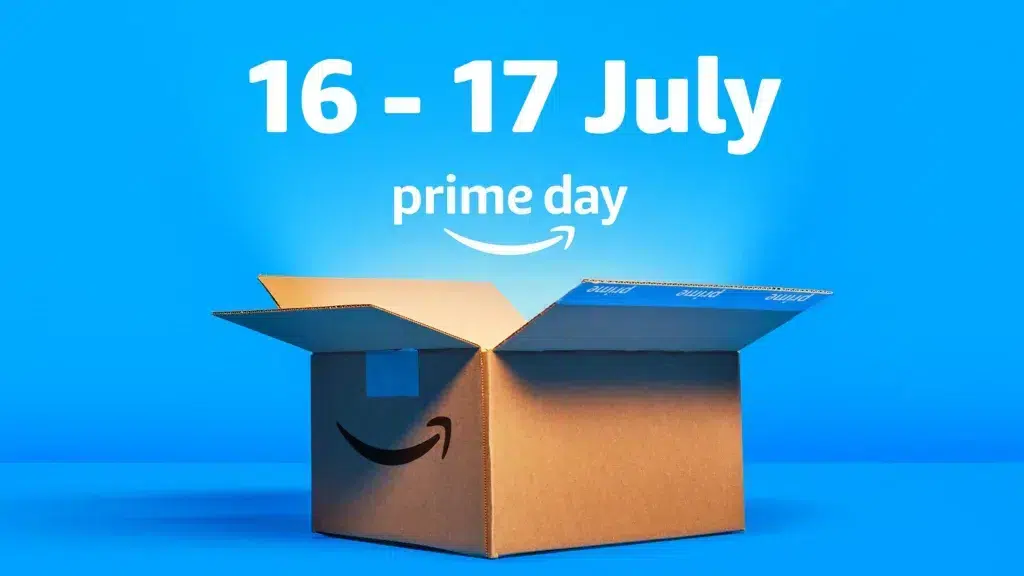
Spotify’s Student Discount: A long-term promotion that captures a valuable demographic.
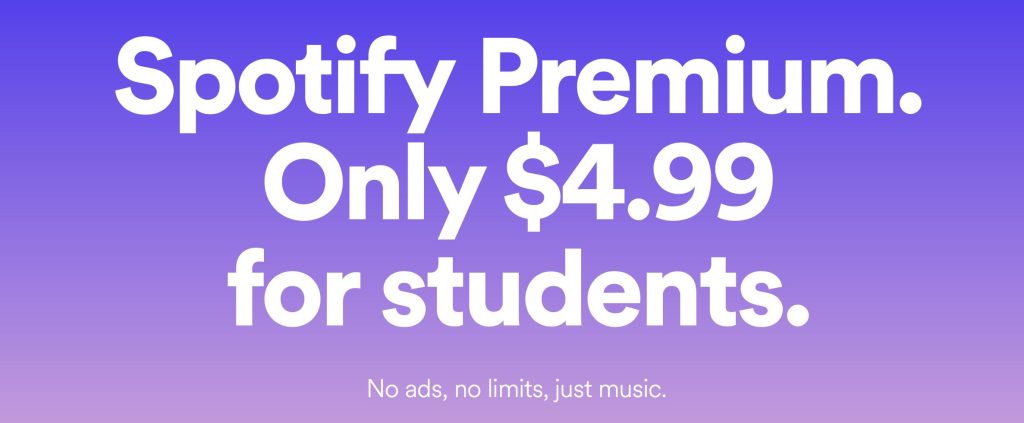
Domino’s Pizza 50% Off: A simple, effective promotion that significantly boosted sales.
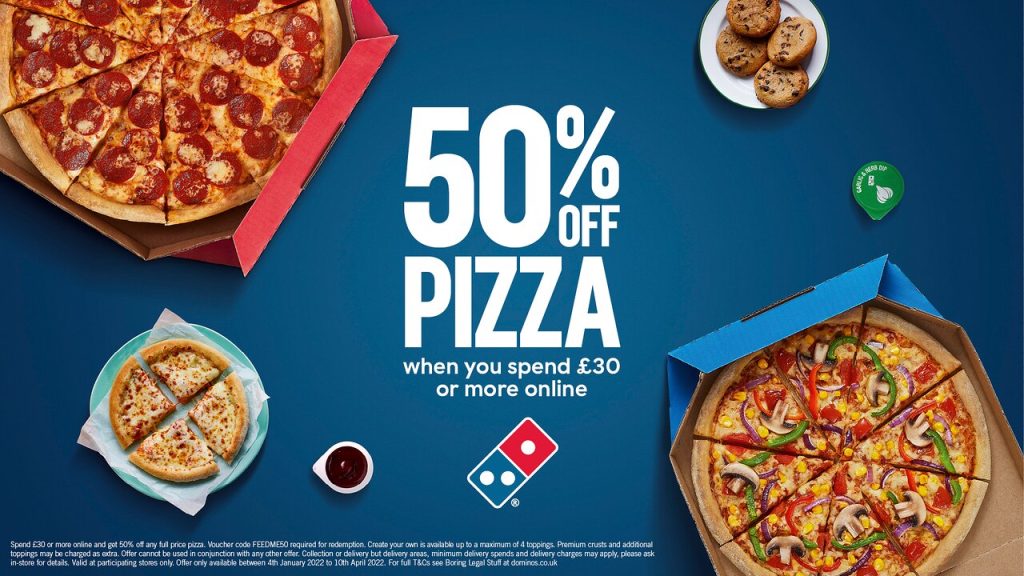
Tools and Resources
Pricing Software:
E-commerce Platforms with Promotional Features:
Email Marketing Tools for Promotions:
Frequently Asked Questions
Q: How often should I run promotions?
A: The frequency depends on your brand positioning, product type, and overall strategy. High-end brands might run fewer promotions, while fast-moving consumer goods brands might promote more frequently. Monitor your metrics to find the right balance.
Q: Can promotional pricing hurt my brand?
A: Yes, if overused. Constant discounting can devalue your brand and train customers to only buy during sales. Use promotions strategically and balance them with value-based marketing.
Q: How do I avoid cannibalizing sales with discounts?
A: Focus on promoting complementary products, use targeted promotions for specific customer segments, and time your promotions strategically to minimize impact on full-price sales.
Q: What’s the ideal discount percentage?
A: There’s no one-size-fits-all answer. Test different discount levels and analyze their impact on sales volume and profitability. Generally, 20-30% is often effective without being too damaging to margins.
Q: How can I make my promotions stand out in a crowded market?
A: Focus on creating unique, value-added promotions that align with your brand. Consider bundling, exclusive products, or experiential elements to differentiate your offers.
Useful Links for Further Reading
- Harvard Business Review: A Quick Guide to Value-Based Pricing
- McKinsey & Company: Pricing in Retail: Setting Strategy
- MIT Sloan Management Review: Is It Time to Rethink Your Pricing Strategy?
Conclusion
Mastering promotional pricing is a crucial skill for e-commerce success.
By understanding the psychology behind promotions, implementing strategic campaigns, and carefully measuring results, you can leverage this powerful tool to drive growth, engage customers, and build a stronger brand.
Remember to balance short-term gains with long-term brand health, and always prioritize delivering genuine value to your customers.

